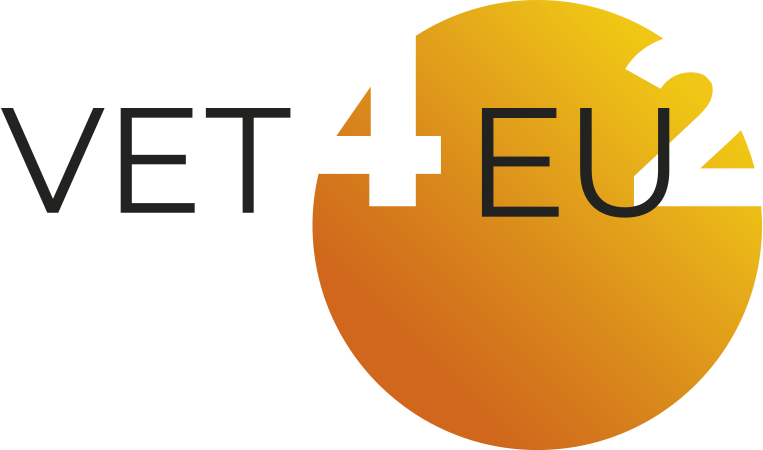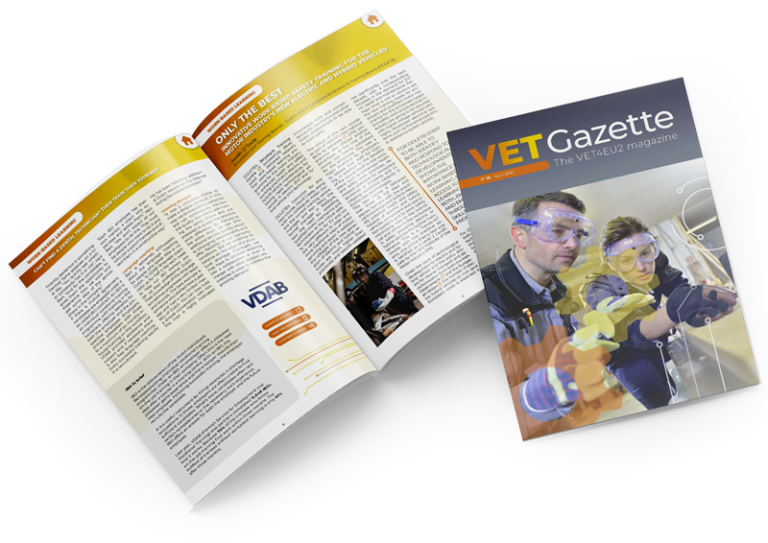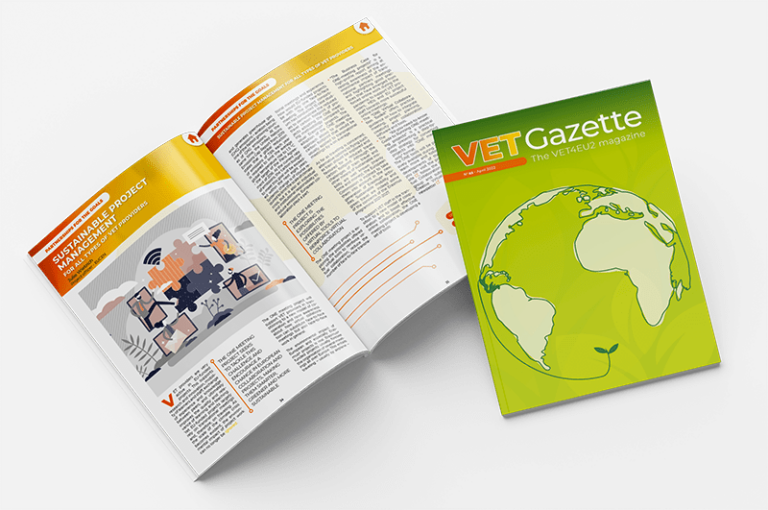Work Based Learning (WBL) is an integral part of VET but accessing this form of training can be challenging for some students, particularly those with Special Educational Needs (SEN). One potential solution to this difficulty is to engage students with Virtual Reality based training prior to, and during their period of WBL. As part of our wider integration strategy Cork Education and Training Board is participating in the Erasmus+ project, “Virtual Reality based training to upskill VET teachers and trainers and foster inclusion of SEN Students in WBL” (VETReality). Project participants are located in Italy, Austria, Poland, France and Spain.
Virtual Reality based training to upskill VET teachers and trainers and foster inclusion of SEN Students in WBL
The main aims of the VETReality strategic partnership project are:
- Implementation of an investigative research project using focus group methodology on available and emerging VR technologies (hardware and software) and its analysis for SEN students in initial VET as well as the necessary competences needed from VET teachers and trainers.
- Development of a web-based compendium of available hardware and software and assessment of their potential as learning tools in VET.
- Development of a training programme for VET teachers and trainers to gain the necessary competences on a technological, methodological/didactical perspective to foster the learning process of SEN students in initial VET, their participation in local work experiences and international mobility programmes and, ultimately, make real their inclusion in wider society (realization of their own personal and professional life project).
- Development of a mobility web-based compendium for VET teachers and trainers, which will have the aim of motivating schools and families when deciding on SEN students’ participation on mobility (will create a virtual mobility path, including all steps and variables).
- Professional development of teachers and trainers related to the new competence and mindset required for the concrete transfer of VR in the frame of WBL (at local and EU level/Mobility).
- Promoting the smooth transition of SEN students from school to work.
- Boosting the use of digital resources by teachers working with SEN students in initial VET at a European level and contributing to the innovation and modernisation of VET systems.
The first phase of the project, which involved the creation of a VETReality e-Compendium for VET teachers and trainers, has just been completed. To create this e-Compendium project partners engaged in desk research investigating available hardware for virtual reality and augmented reality. The suitability of each hardware device as a training tool, degrees of freedom and required sensors, cost factors and potential problems were all examined. In addition, existing software applications that may be relevant to supporting the learning process of SEN students engaged in initial VET, preparatory and preliminary to their access to WBL, were examined in detail. To complete the work on the e-Compendium focus groups were convened in each partner country to assess the willingness of teachers to engage with virtual reality as a training tool, the current level of technical skill that teachers possess in this area and the staff training needs that would be required to make virtual reality training for SEN students a reality in VET institutes. These focus groups involved VET teachers and trainers, representatives from VET institute management, and VET experts, employers and stakeholders. This process allowed for an in-depth understanding of the current situation regarding the use of virtual reality as a training tool in each country as well as providing a clear indication of the teacher training needs that would be required if the use of virtual reality as a training tool in VET were to be expanded.
The second phase of the project, which has just commenced, will draw on the learning from the e-Compendium to create a training course for teachers in the use of virtual reality in VET and specifically as a tool to help SEN students engage in WBL. The modules included in the training course are:
- Introduction + Inclusive approach for SEN students
- Virtual Reality: overview and state of the art of VR developments in education, VR pros and cons
- VR devices (glasses, tracking systems, navigation tools etc.); first exploration of the 3D-360° VR environment
- How to use VR in Vocational Education and Training, in particular with SEN students
- Overview of VR applications identified in the VETReality e-Compendium (exploration of the most recommended VR apps identified as best practices to be used with SEN students)
- How to foster WBL and EU mobility for SEN students using VR applications
- Educational potential and the future of VR (with a focus on work-based learning and work placements)
This training course will be delivered to teachers for the first time at a project Learning Teaching Training event scheduled to take place in Graz, Austria in November 2021 and will subsequently be rolled out in each partner country through a series of multiplier events throughout 2022. A series of webinars to support the training course will also be created and will be available on the project website.
What is clear to date is the willingness of teachers in VET to embrace new technologies in an effort to ensure the highest possible levels of inclusion and that all students are given the best quality vocational training possible. We look forward to future progress within the project and to further developing and promoting virtual reality applications as a tool for SEN students engaged in WBL.
Further details are available on the project website at: https://vetreality.erasmus.site/








Responses